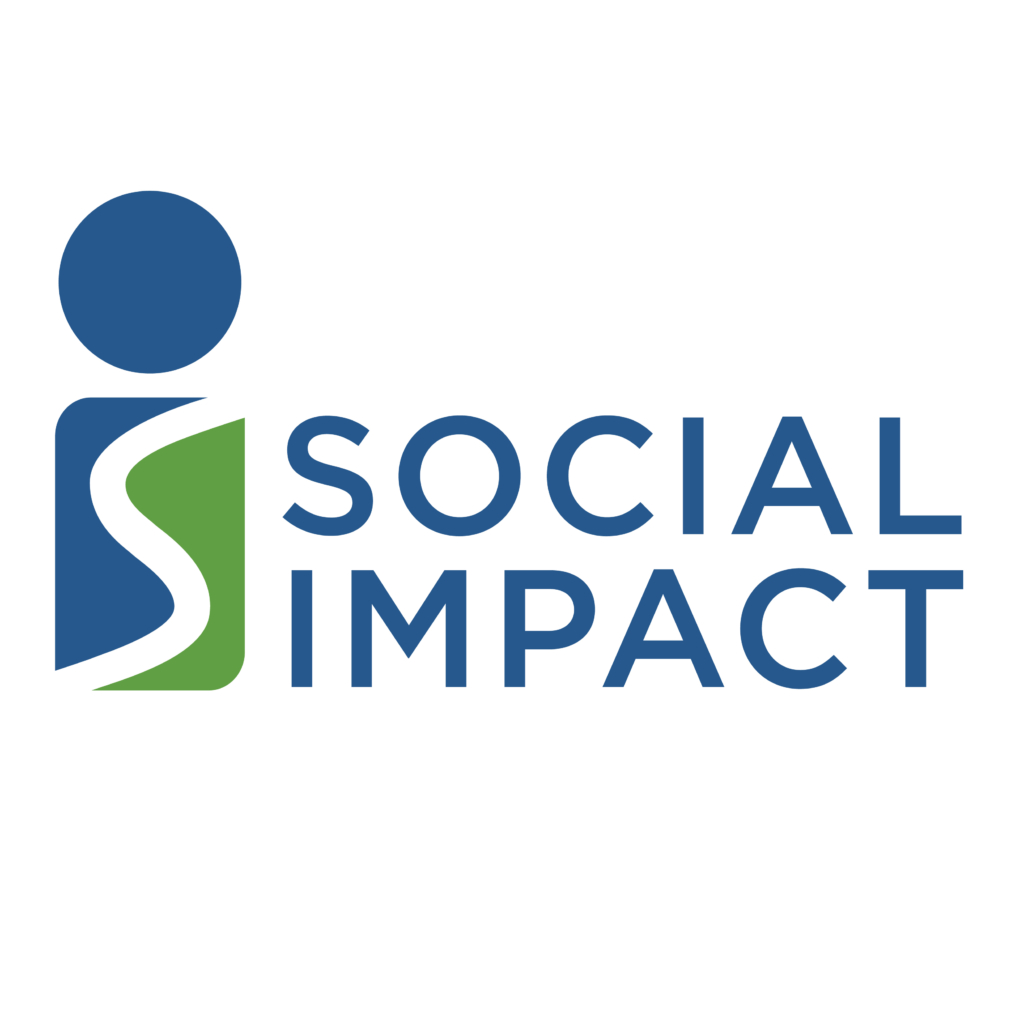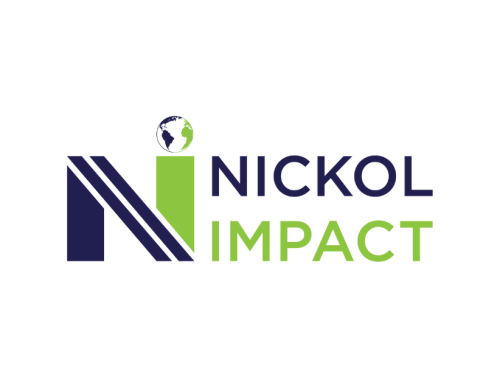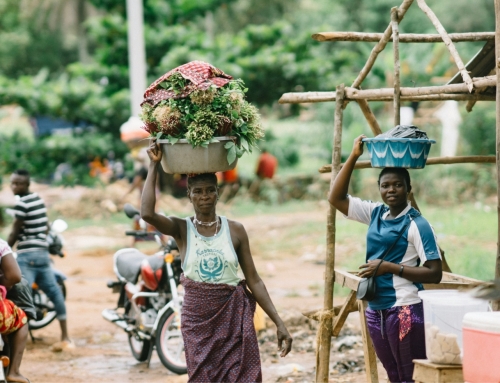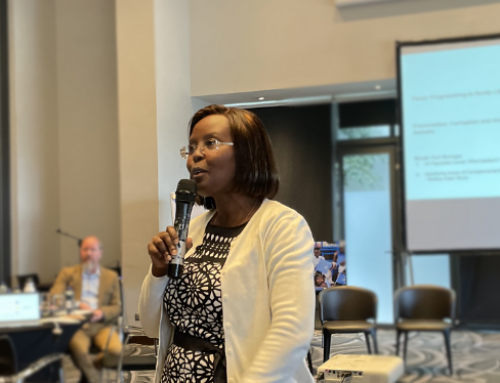Social Impact conducted the Secondary School Transitions Study, which was commissioned by the United States Agency for International Development (USAID) Middle East Bureau in August of 2021. The aim was to investigate what has been done, and what is yet needed, to prepare secondary school–aged youth to transition into the workforce and/or continuing education. The study examined national career guidance efforts and interventions that aim to prepare youth with the necessary skills, knowledge, and resources to successfully transition into work or further education. Lessons learned are presented below to guide future efforts to support secondary school aged youth in the region.
LESSONS LEARNED AND IMPLICATIONS FOR SECONDARY LEVEL TECHNICAL PROGRAMMING
Theme I – Career Guidance
In comparison to best practices for national career guidance, young people in the MENA region are unlikely to be receiving high quality career guidance services at the secondary level. Notable gaps between MENA countries’ career guidance efforts and global best practice in career guidance were identified as outlined below:
- There is no agreement across the MENA region on the aims and objectives of career guidance.
- Career guidance is often delivered too late to impact career choice.
- There is a need to embed career guidance in education policies and as part of established institutions and processes.
- There are sizable gaps in measuring outcomes from career guidance.
Theme II – Including Marginalized Youth
A wide variety of demographic profiles of youth, including female youth and youth with disabilities, all have access to some interventions. However, while many programs specifically target female participants, engaged at-risk (refugee, conflict affected, and internally displaced) youth, or design programs for youth with disabilities, most programming tends to under-enroll marginalized youth. By examining programs that did target marginalized youth, the study found that:
- Disabled People’s Organizations (DPOs), local organizations supporting gender equity, and those representing refugee, conflict affected, internally displaced and other categories of youth are critical to marginalized youths’ access to programming that meets their needs.
- Laws and policies for students and workers with disabilities commonly exist but are not always applied.
- Inclusive and accessible programming is often an add-on, rather than a foundational aspect of curriculum design.
- Out-of-school youth and at-risk youth can benefit from accelerated learning or parallel (non-formal) learning programs.
- Contextualized understanding of barriers is key.
Theme III – Skills Development
Programs consider a variety of skills and abilities as critical to youth’s transitions. The study found that program models that were perceived as effective demonstrate skill development, encourage positive self-identity and advocacy, provide opportunities for youth to lead, and are implemented in spaces where youth feel safe to test and learn. “Model” interventions were described as exemplary in one of the four Positive Youth Development domains; however, these are not to be considered in isolation, programs that operate across domains are most effective. The study found that programs should:
- Build skills in combination, preparing youth for the multiple pathways they are likely to encounter.
- Develop skills related to self-identity and advocacy to give youth the necessary tools/skills to advocate for pathways important to them, even in the face of pressure from society and family.
- Place youth in leadership positions to set them up to take on further leadership and decision-making roles in their future transitions.
- Promote safe opportunities for work-based learning and for community programming.
Theme IV – Stakeholder Engagement
Engaging diverse stakeholders required varied approaches:
- Local organizations play a critical role in connecting the labor market with the transition process at secondary school and for out-of-school youth.
- Private sector stakeholders can support efforts to prepare youth for transitions.
- Parents are critical to students’ and youth’s successful transitions.
- Programs often superficially include youth in program decision-making, rather than leveraging youth as valued stakeholders.
- Engaging teachers and the school community is critical, especially for secondary school youth.
- Collaboration with government stakeholders is essential to improving successful transitions.
Theme V – Sustainability and Scaling
Two key lessons with implications for fostering sustainability and scale are as follows:
- Scale up and sustainability actions are commonly introduced at the last stage of an intervention.
- Most interventions are time-bound, which reduces the likelihood of sustainability and scale.
STUDY DESIGN AND METHODS
The study was conducted in three phases from August 2021-July 2022. Phase I included an initial desk review and study design report. Phase II further developed the desk review and included remote key informant interviews (KIIs) with USAID Mission staff across the MENA region. A total of 23 KIIs were conducted with a total of 30 respondents in Phase II. The first two phases resulted in the production of 11 country briefs. The Study Team identified a total of 76 (48 non-USAID and 28 USAID) interventions and reviewed related program documentation using an analytic matrix based on the research questions. Phase III consisted of a second round of remote KIIs with those who designed or managed non-USAID programs in the region. In Phase III, the Study Team conducted an additional 22 KIIs with a total of 30 respondents. Following this, the Study Team created a codebook based on the key themes that arose in interviews, coded and analyzed all KII notes using Dedoose qualitative software, and triangulated the key themes from KIIs with desk review findings to produce the final study report.
The Secondary School Transitions Study included snapshots (briefs) of each of the 11 MENA countries a final study report. Links to final resources for this study and all MEERS studies are available on the SI MEERS Portfolio Page: https://socialimpact.com/portfolio-items/meers/
Photo by: USAID









